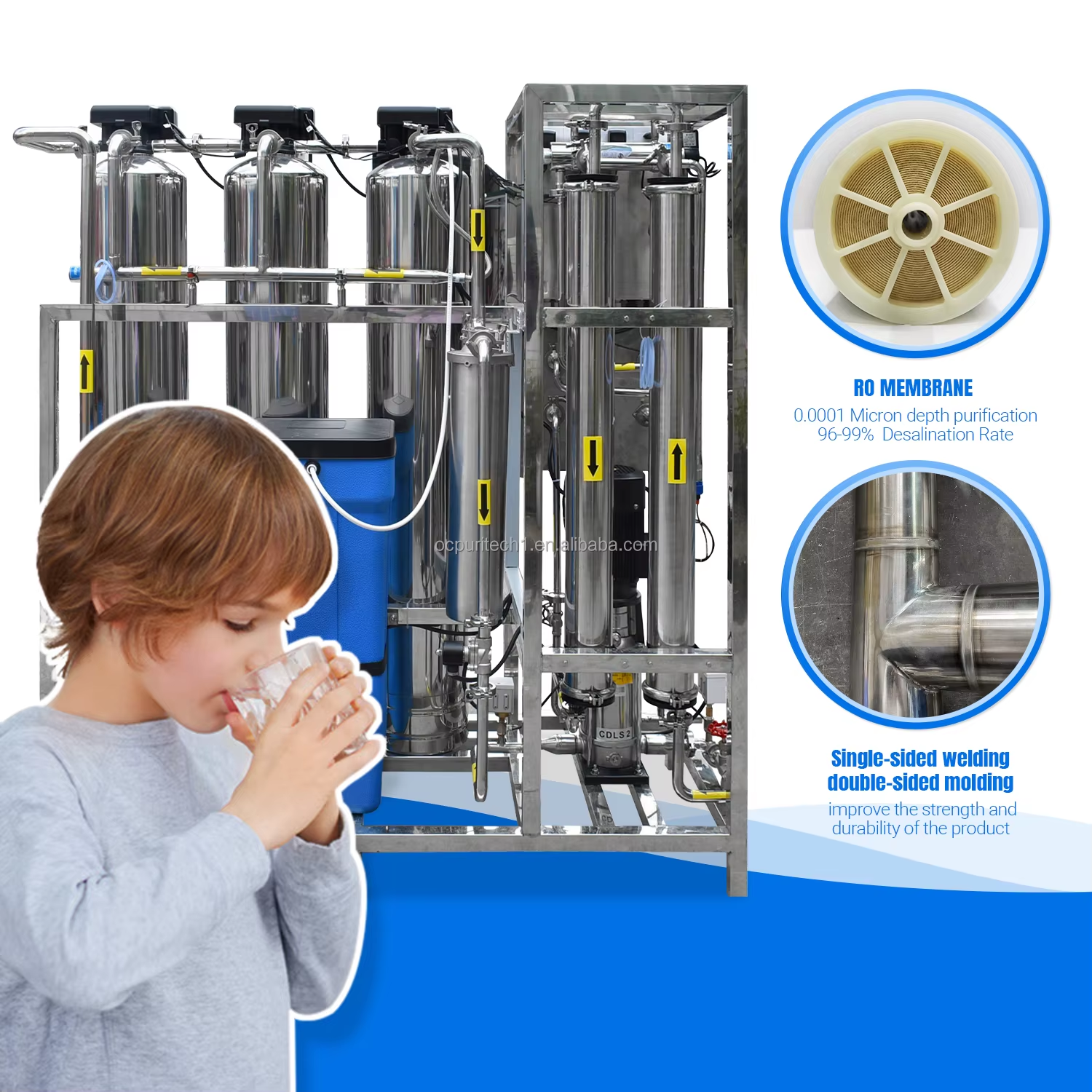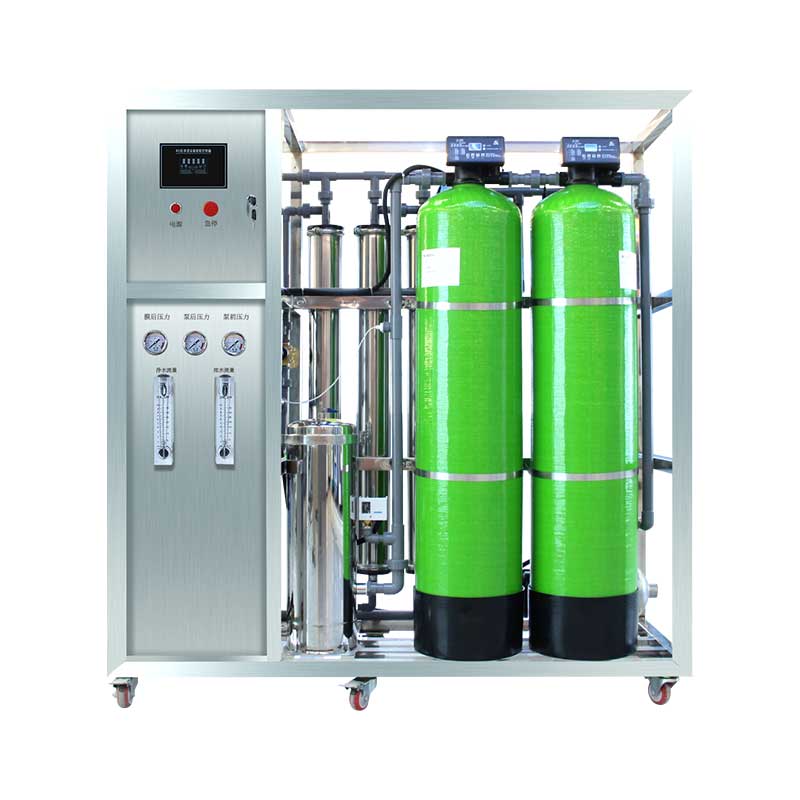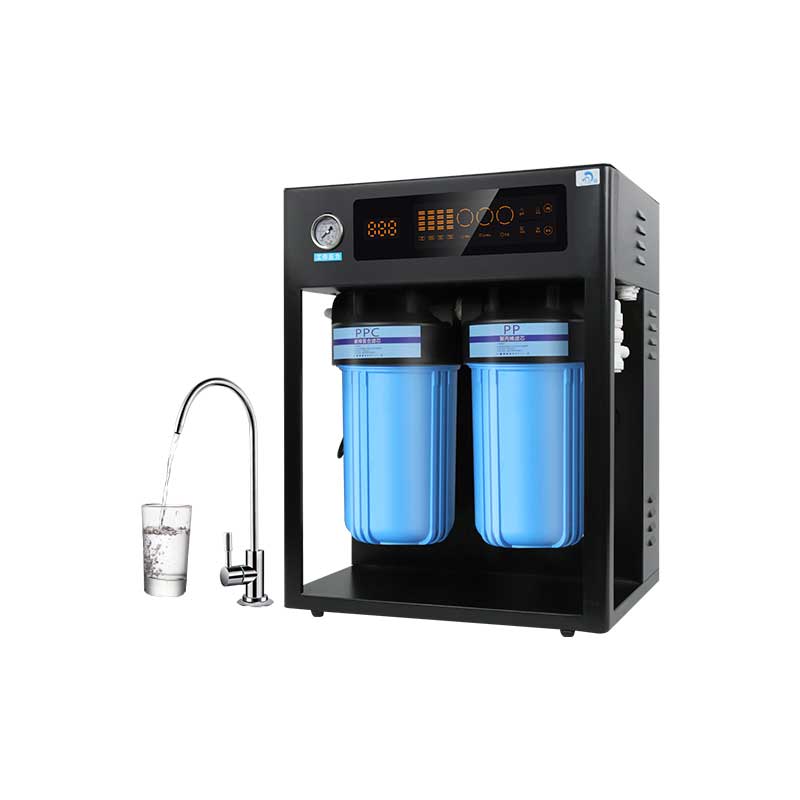What is the function of 8040 reverse osmosis membrane
2025-06-12 03:46
8040 reverse osmosis membrane is a key component widely used in the field of water treatment. Its core func
tion is to purify and separate water through reverse osmosis technology, which is specifically reflected in the
following aspects:
1. Core function: efficient desalination and impurity removal
Desalination capacity: The desalination rate of 8040 reverse osmosis membrane can usually reach more than
99%, which can effectively remove soluble salts (such as sodium chloride, calcium and magnesium ions, etc
.) in water, and is suitable for seawater desalination, brackish water desalination and other scenarios.
Impurity interception: It can intercept organic matter, colloids, microorganisms and particulate matter with a
molecular weight greater than 100 Daltons to ensure the purity of the produced water quality.
2. Diversified coverage of application scenarios
Drinking water production: Through deep purification, heavy metals, pesticide residues and other harmful su
bstances in water are removed to ensure the safety of drinking water.
Industrial water treatment: Provide ultrapure water for electronics, medicine, chemical and other industries
to meet high-precision production needs.
Wastewater reuse: Treat industrial wastewater or municipal sewage to achieve water resource recycling and
reduce environmental load.
Special separation: Achieve process goals such as concentration and purification in the fields of food, pharm
aceuticals, etc.
3. Technical advantages: Dual guarantee of performance and stability
High-throughput design: 8040 specifications (8 inches in diameter and 40 inches in length) provide a large me
mbrane area to ensure efficient water production.
Anti-pollution performance: Reduce the attachment of organic matter and microorganisms through surface
modification or flow channel optimization, and extend the service life of the membrane.
Chemical resistance: Adapt to the short-term impact of a wide pH range (usually 2-11) and oxidants (such as r
esidual chlorine), and improve operational stability.
Energy saving and consumption reduction: Achieve efficient desalination under low pressure conditions, red
uce system energy consumption and operating costs.
4. Synergistic improvement of environmental and economic benefits
Resource conservation: Alleviate the shortage of fresh water resources through wastewater reuse and seawa
ter desalination.
Cost optimization: Reduce industrial water costs, reduce wastewater discharge costs, and improve corporate
economic benefits.
Environmental protection contribution: Reduce pollutant emissions and support sustainable development g
oals.
Get the latest price? We will reply as soon as possible (within 12 hours)














